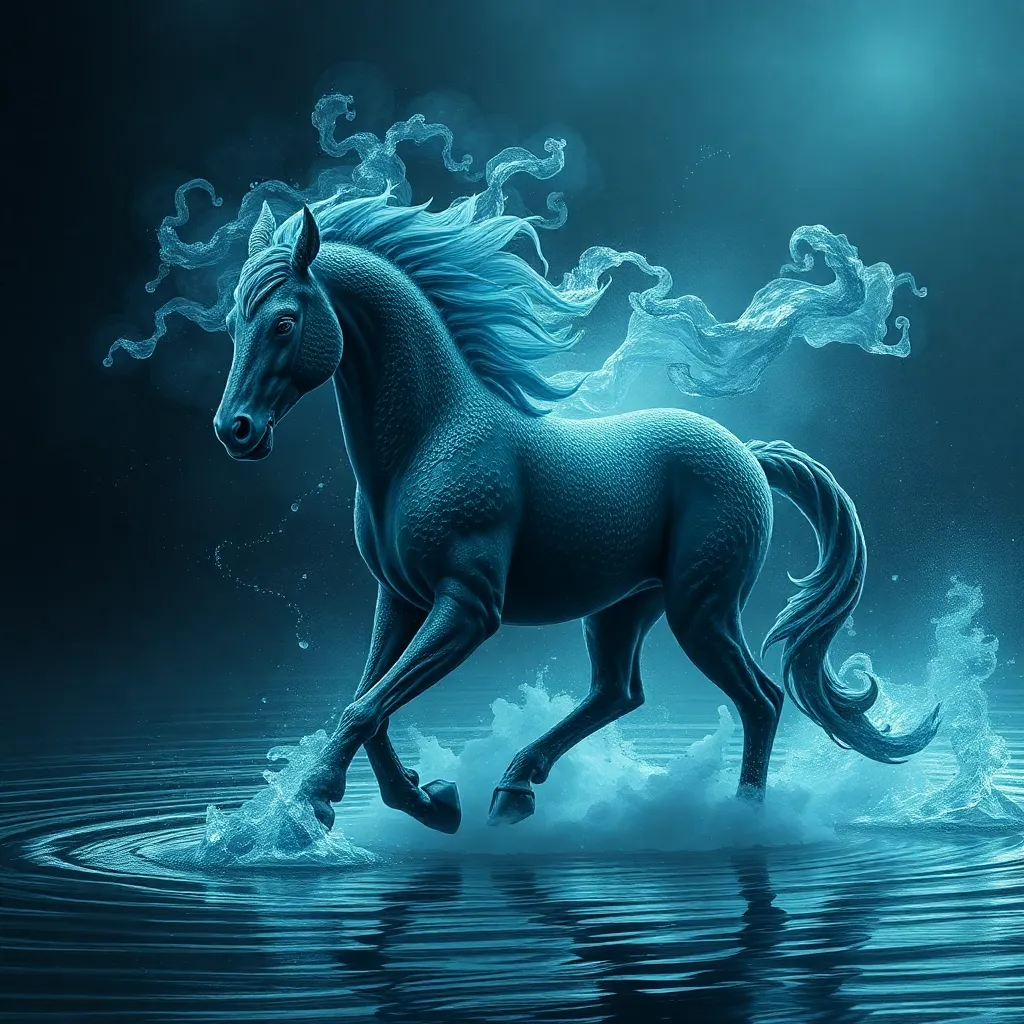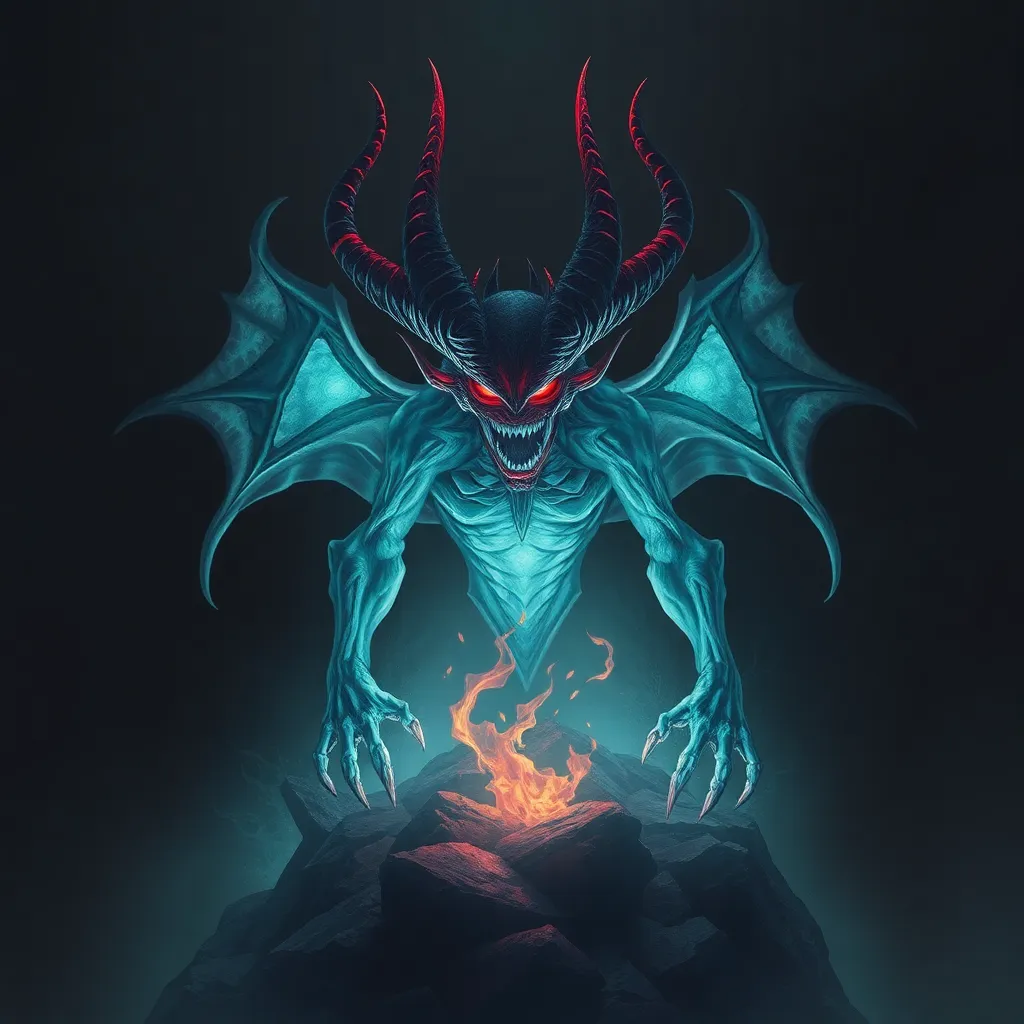The Werewolf’s Bite: Understanding the Role of Transformation and Identity in Werewolf Tales
I. Introduction
Werewolf mythology has captivated cultures around the world for centuries, representing deep-seated fears and desires. From ancient folklore to modern cinema, the werewolf narrative serves as a fascinating exploration of transformation and identity. This article delves into these themes, examining how werewolf tales reflect the complexities of human nature and societal anxieties.
II. Historical Context of Werewolf Legends
The origins of werewolf myths can be traced to various cultures, with tales dating back to ancient civilizations such as the Greeks and Romans. The story of Lycaon, who was transformed into a wolf by Zeus, exemplifies one of the earliest accounts.
Over time, werewolf tales have evolved, influenced by cultural shifts and societal fears. In medieval Europe, the witch hunts and the fear of the unknown gave rise to the notion of werewolves as malevolent creatures.
These narratives often reflect societal anxieties about human nature, morality, and the thin line separating civilization from savagery. The werewolf is a symbol of the chaos lurking beneath the surface of society, embodying the fears of loss of control and the repressed primal instincts within humanity.
III. The Symbolism of Transformation
At the heart of werewolf mythology is the concept of transformation. The physical metamorphosis from human to beast is a powerful symbol of change, representing both fear and allure.
The transformation carries profound psychological implications:
- Physical Transformation: The grotesque change from a civilized human to a feral beast highlights the struggle between societal norms and primal instincts.
- Psychological Implications: This transformation raises questions about identity—what does it mean to be human when one can become a monster?
- Duality of Nature: The werewolf embodies the duality of human and animal nature, suggesting that beneath the veneer of civilization lies a savage instinct waiting to surface.
IV. Identity Crisis in Werewolf Characters
Central to many werewolf narratives is the identity crisis experienced by the characters. The internal conflict between human morals and primal instincts often leads to significant personal turmoil.
The impact of transformation on personal identity can be profound:
- Internal Conflict: Characters may struggle with their actions during transformation, grappling with guilt and shame.
- Loss of Control: The fear of losing one’s humanity to the beast within can create a sense of existential dread.
Iconic werewolf characters in literature and film, such as Larry Talbot in “The Wolf Man” and Jacob Black in the “Twilight” series, exemplify these themes of identity crisis and transformation. Each character navigates the complexities of their hybrid existence, providing a rich ground for exploration of what it means to be human.
V. Gender and Transformation in Werewolf Tales
Gender plays a significant role in werewolf narratives, with traditional roles being both upheld and subverted.
Female werewolves often challenge conventional gender norms, presenting a unique lens through which to examine power and sexuality.
Key themes include:
- Exploration of Gender Roles: The werewolf myth allows for the exploration of masculinity and femininity, often highlighting the fluidity of gender identity.
- Subversion of Norms: Female werewolves can embody both strength and vulnerability, challenging traditional portrayals of women in horror.
- Intersection of Sexuality: The transformation into a werewolf can also symbolize sexual awakening, representing the liberation of repressed desires.
VI. Werewolves in Modern Media
Contemporary portrayals of werewolves in film and literature reflect current societal issues, from mental health to environmental concerns. Modern narratives often use werewolves as metaphors for the struggles individuals face in a rapidly changing world.
Notable examples include:
- “Teen Wolf”: A coming-of-age story that explores identity and acceptance, where the werewolf serves as a metaphor for adolescence.
- “The Howling”: A critique of modern society and the primal instincts that lie beneath the surface.
These modern interpretations continue to resonate, illustrating the enduring relevance of werewolf tales in today’s cultural landscape.
VII. The Psychological Perspective
The werewolf serves as a potent metaphor for mental health struggles. The transformation can symbolize the internal battles faced by individuals dealing with anxiety, depression, or other psychological issues.
The relationship between transformation and the psyche can be examined through various lenses:
- Fear and Acceptance: The fear of transformation can reflect the fear of confronting one’s own mental health issues.
- Identity and Acceptance: Embracing the werewolf metaphor can lead to a deeper understanding and acceptance of one’s multifaceted identity.
Therapeutic interpretations of werewolf myths can provide insights into our struggles with identity and self-acceptance, making these tales not just stories of horror but also narratives of healing.
VIII. Conclusion
The themes of transformation and identity in werewolf tales offer profound insights into the human condition. These narratives challenge us to confront our fears, desires, and the complexities of our identities.
The enduring allure of werewolf stories lies in their ability to reflect our innermost struggles and societal issues, making them timeless and relevant. As we continue to explore werewolf mythology in literature and media, we uncover new layers of meaning that resonate across generations.



